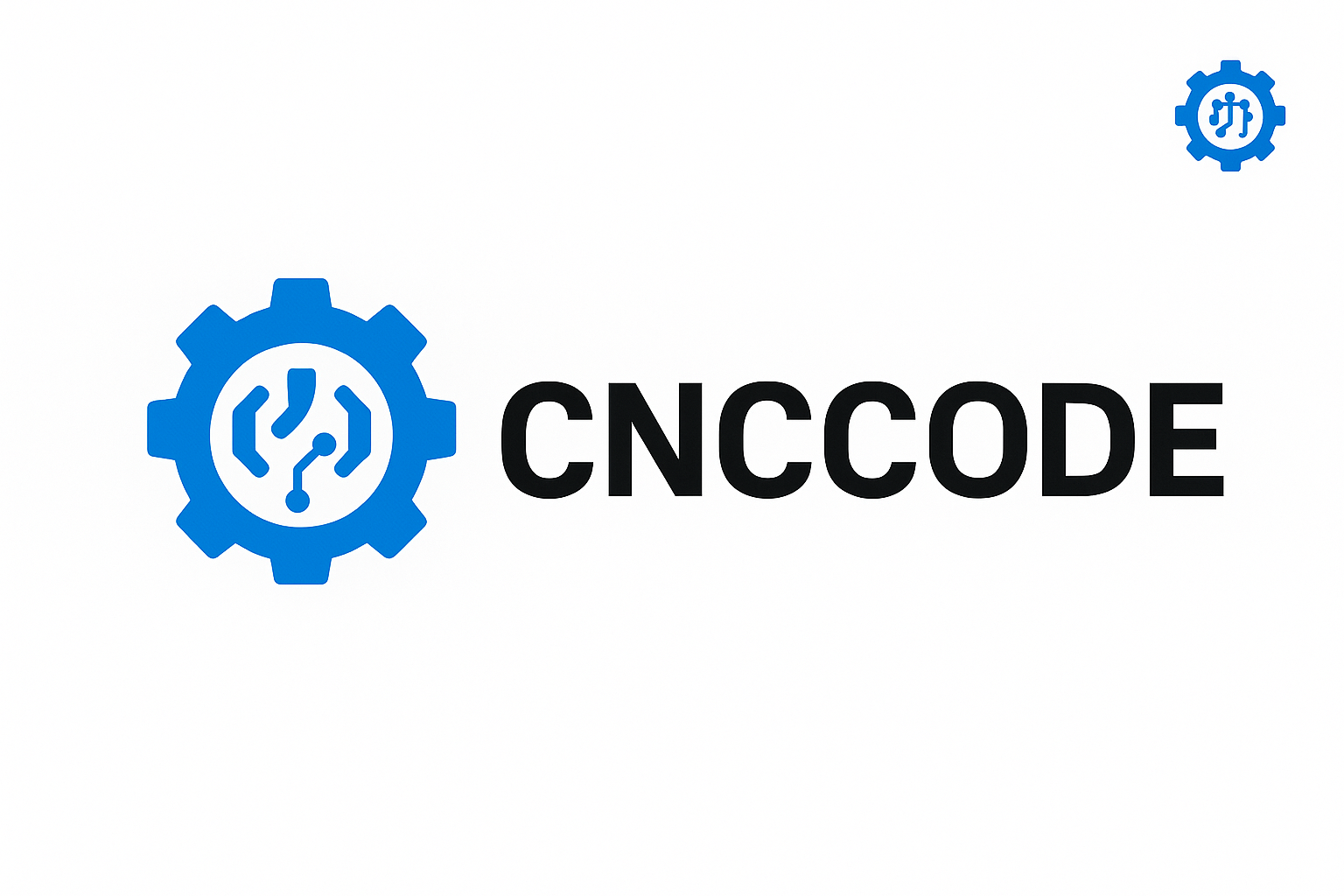🚀 Introduction: Why CNC Automation Is the Future
CNC machining has evolved far beyond traditional subtractive manufacturing. The modern CNC shop floor is a blend of automation, intelligence, connectivity, and predictive decision-making. This guide explores next-generation CNC automation and how you can integrate smart technologies to stay competitive.
🧠 1. Understanding the Pillars of Smart CNC Systems
a. Real-Time Data Acquisition (DAQ)
Using IoT-enabled sensors, machines collect temperature, vibration, tool wear, and spindle load data in real time. This data feeds into dashboards and predictive models for instant decisions.
b. Machine Learning for Predictive Maintenance
AI algorithms now forecast tool breakage or motor failure before they happen. This dramatically reduces downtime and improves production consistency.
c. Digital Twin Technology
A digital replica of your CNC machine allows testing toolpaths, speeds, and material stress points in a simulated environment, avoiding expensive real-world errors.
🏭 2. Automating CNC Workflows from Design to Delivery
a. CAD/CAM AI Integration
Modern CAM software suggests optimal strategies based on part geometry and machine capabilities. AI-driven CAM systems (like Fusion 360 with machine learning) auto-generate toolpaths based on historical part data.
b. MES (Manufacturing Execution Systems)
Systems like ShopfloorIQ or Tulip provide job tracking, order sequencing, and bottleneck alerts—connecting ERP to machine control in real-time.
c. Smart Tool Libraries
Dynamic tool databases track tool condition, usage history, and automatically suggest replacements or updates to G-code files.
🤖 3. Integrating Collaborative Robotics (Cobots)
Cobots help automate part loading/unloading, deburring, and inspection. Popular systems (like UR10e or FANUC CRX) are easy to program and integrate via standard CNC controller I/O modules.
Benefits:
- 24/7 lights-out machining
- Fewer operator errors
- Seamless workflow between multiple machines
🧾 4. Advanced G-Code Optimization Techniques
✅ Sample G-Code Snippet with Optimization:
gcodeG21 ; Metric units
G90 ; Absolute positioning
G0 X0 Y0 Z5 ; Rapid move
G1 Z-1 F100 ; Controlled depth
M8 ; Coolant ON
G1 X50 Y50 F300
G1 X0 Y0
M9 ; Coolant OFF
M30 ; End of program
Optimization Notes:
- Replace rapid retracts with smart Z-clearances
- Use constant surface speed (CSS) for turning
- Pre-stage coolant for faster cutting transitions
🌍 5. Cloud-Connected CNC Machines
a. Remote Monitoring
Operators and managers can monitor CNC health and job progress from smartphones using cloud dashboards.
b. Remote G-Code Uploads
No more USB drives. Send jobs from anywhere to the CNC machine through encrypted cloud services.
🧠 6. AI-Powered Quality Inspection
Vision systems now detect flaws at micron levels. Some systems are paired with CNCs for in-line inspection. AI models train on defect libraries and flag errors without human input.
🔒 7. Cybersecurity in CNC Automation
Protect your CNC shop from ransomware and data leaks:
- Use isolated machine networks (VLANs)
- Secure remote access with VPN and 2FA
- Regular firmware updates for machine controllers
📊 8. KPIs to Track for Automated CNC Operations
- OEE (Overall Equipment Effectiveness)
- MTBF (Mean Time Between Failures)
- Yield Rate
- Tool Usage Efficiency
- Spindle Time vs Idle Time
Use these to create automated dashboards and continuous improvement loops.
🔮 9. CNC Trends for 2025 and Beyond
- Edge AI microcontrollers for real-time decisions on the machine
- Augmented Reality (AR) CNC programming
- Zero-setup machining
- Sustainable materials tracking using blockchain
- Quantum computing for simulation of toolpaths
🧩 Conclusion: The Path to Autonomous CNC Manufacturing
CNC automation is no longer an option—it’s a requirement. By integrating AI, robotics, smart software, and data analytics into your CNC shop, you’ll future-proof your operations, reduce costs, and massively increase output. Bookmark this guide and stay tuned to cnccode.com for the next wave of manufacturing intelligence.

Leave a comment